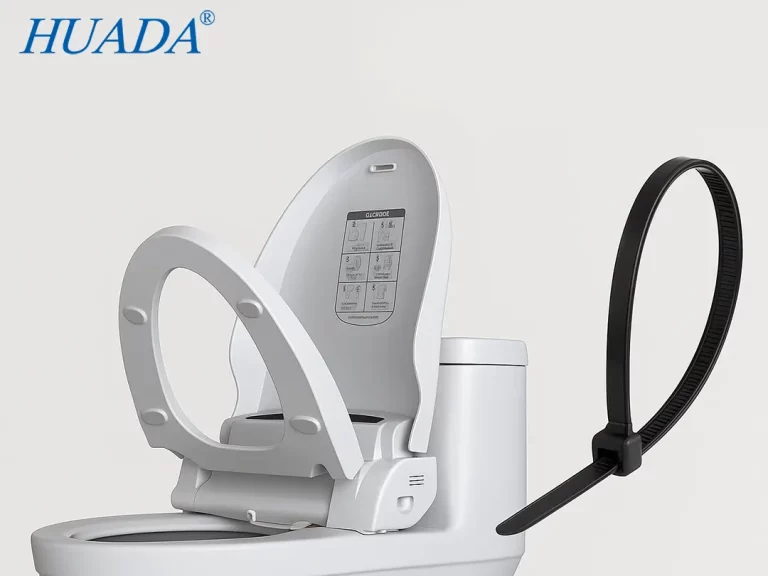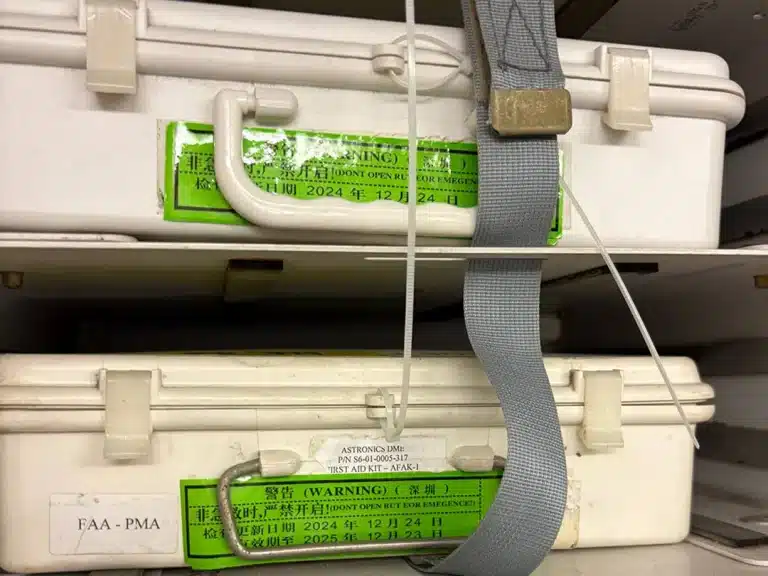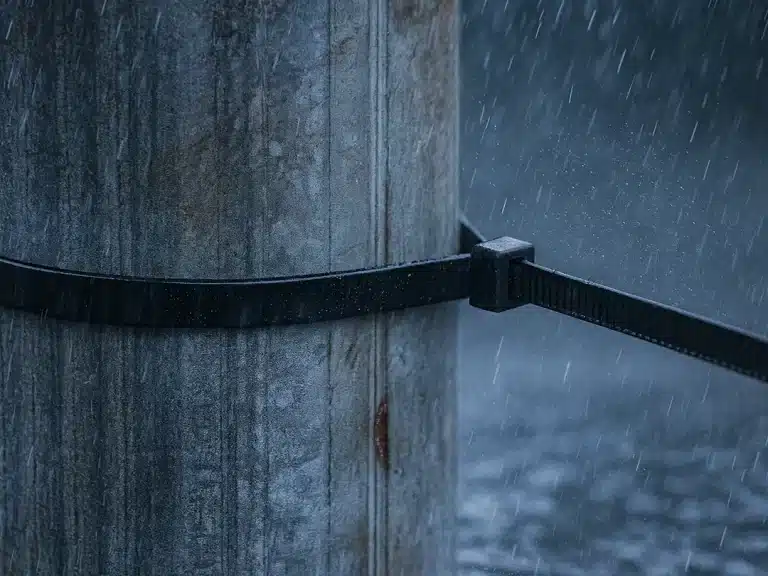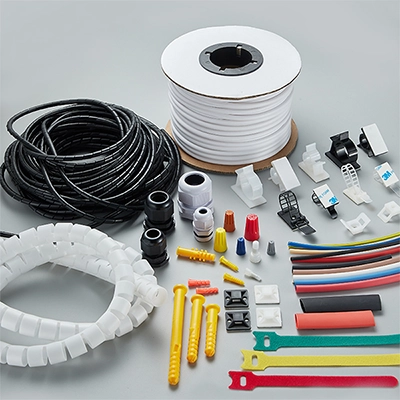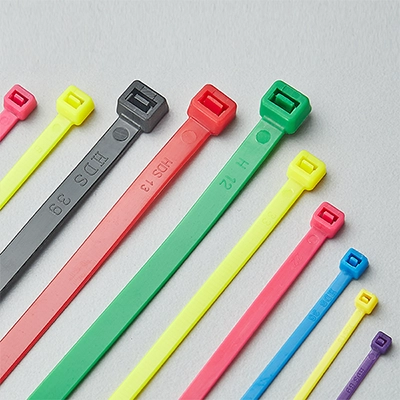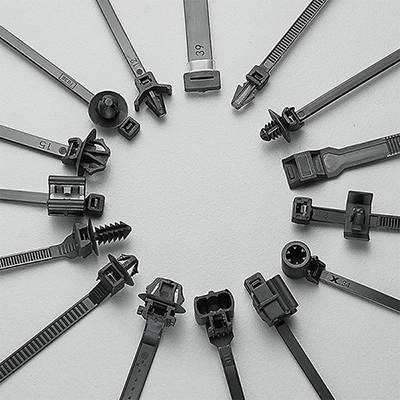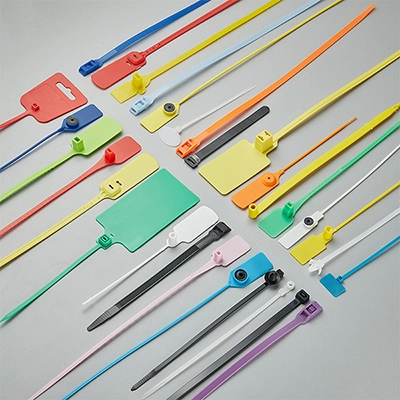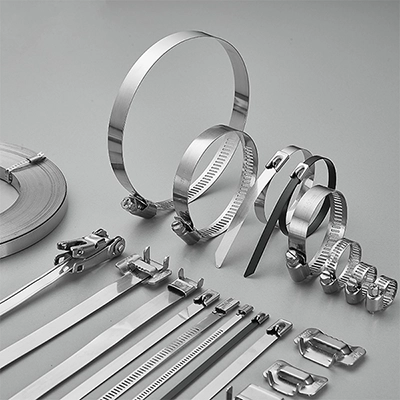
What are screw mount cable ties? Today, let’s explore a unique type of cable tie: the Screw Mount Cable Tie. These ties are pivotal in the realm of cable management. This article will comprehensively cover the design features, methods of use, and various applications of screw mount cable ties, helping you better understand how they ensure the orderliness and safety of cables.
The Standard Cable Tie Overview
Standard cable ties are familiar to many people. Made from Nylon 6/6, they are predominantly used for securely bundling wires and cables, with wide-ranging applications in industrial, commercial, and domestic settings. Their design is simple yet effective: a strip of nylon with one end featuring an opening with an integrated pawl, and the other end tapered for easy insertion and secure locking by the teeth. These cable ties are available in various sizes and colors. Standard cable ties have become a staple in homes, businesses, and industries due to their durability, reliability, and versatility.
However, within this family of cable ties, there exists a special type – the screw mount cable tie, also known as cable ties with screw mount. With its unique functionality and specific application areas, it offers a more specialized solution for cable management.
Screw Mount Cable Tie Overview
Screw mount cable ties, also known as cable ties with screw mount, work similarly to standard cable ties, but with a key distinction – at the head of the tie, there’s an extension featuring a hole the size of a screw. This hole allows the tie to be directly affixed to walls, cable trays, or other surfaces using a screw or bolt. This unique feature makes screw mount cable ties an ideal choice, particularly in scenarios where cables or wire bundles need to be securely fixed in a specific location.
Material of Screw Mount Cable Ties
Screw mount cable ties are made from the Nylon 6/6 material, which is the same as standard cable ties, with equivalent mechanical properties. They are designed to function in a temperature range from -40°C to 85°C. Available in both black and natural colors.
Screw Mount Cable Ties Specifications
These cable ties come in three different lengths and two widths as below. The size of the screw hole size corresponds to the width of the cable tie.
| NK NO. | Specification(mm) | Tensile Strength(kg) | Maximum Bundle Diameter (mm) | Screw Mount Diameter(mm) |
| NCL-4X150 | 3.6*150 | 18 | 35 | 3.9 |
| NCL-4X200 | 3.6*200 | 18 | 50 | 3.9 |
| NCL-5X200 | 4.8*200 | 22 | 50 | 5.5 |
Practical Uses of Screw Mount Cable Ties
Under-Desk Cable Management: Screw mount cable ties can be used to neatly wrap and secure the clutter of cables under office desks. By fastening them to the underside of the desk or a wall, these ties help manage cable mess and reduce tripping hazards.
Network Cable Organization: For efficient network cable management, these cable ties ensure orderly arrangement. This is essential for maintaining proper airflow, thus preventing overheating and potential hardware malfunctions.
HVAC Systems in Industrial Settings: Screw mount cable ties are invaluable for securing cables and wires within HVAC systems. Their stability reduces the risk of vibration damage to components, ensuring the system’s longevity and functionality.
How to Use Screw Mount Cable Ties
- Mark the locations for the screw mount cable ties on the surface where the cables will run. Drill holes in the wall or surface accordingly.
- Begin by securing the cable tie to the surface.
- Guide the cables along the path of the tie.
- Wrap the tie around the cables in a loop and secure it.
- Once tightened, trim off the excess part of the cable tie.
Conclusion
In summary, screw mount cable ties are more than just a basic tool for bundling cables. Their unique design and multifunctionality make them particularly valuable in complex cable management tasks. Whether it’s organizing tangled wires in a home setting or securing vital cable bundles in industrial environments, screw mount cable ties offer a simple yet effective solution. Their ease of use, durability, and adaptability to various environments make them an indispensable tool in cable management.
